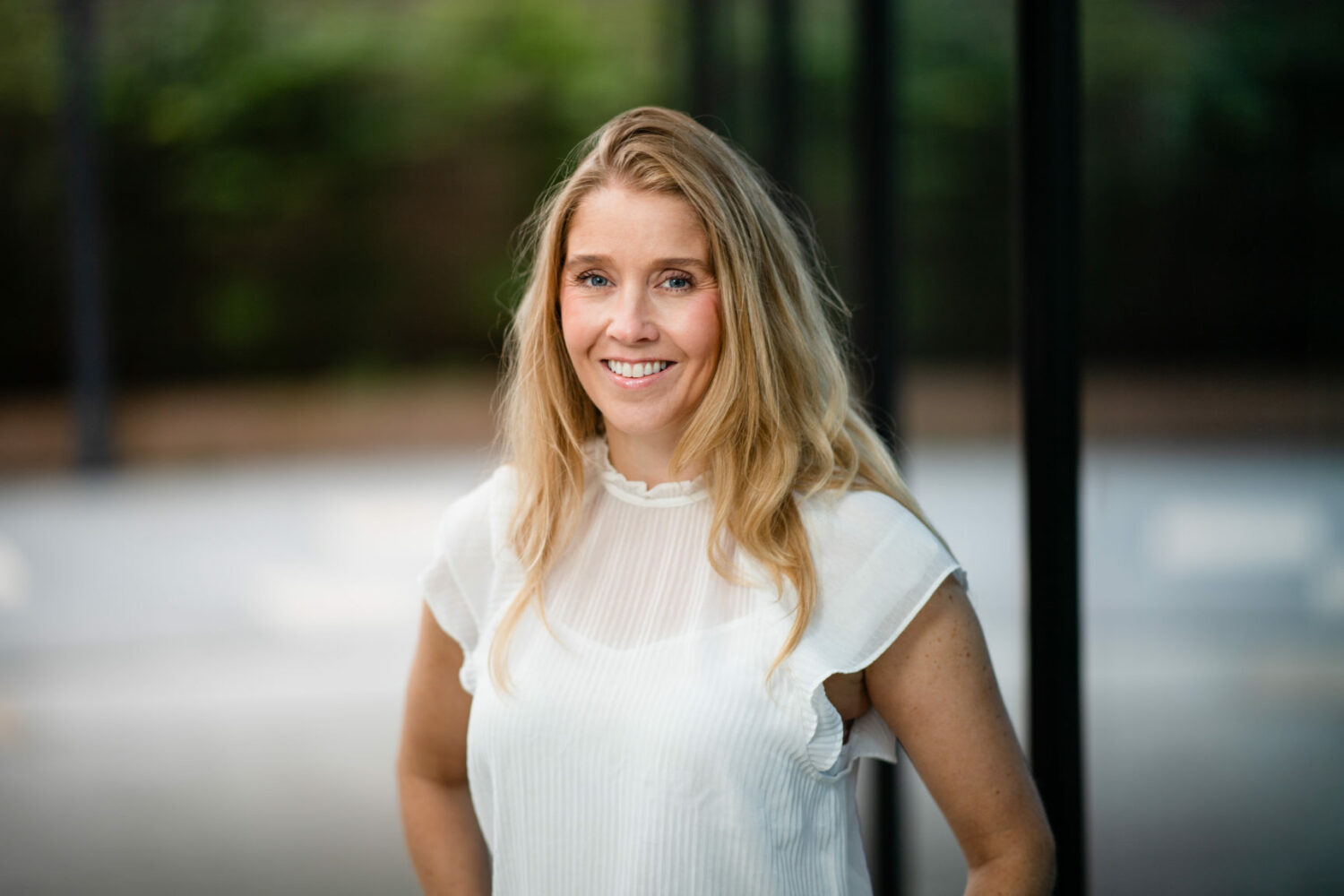By Hamlin Lovell, NordicInvestor
NordicInvestor interviewed Anette Hjertø, Head of Absolute Return Investments at DNB Asset Management, to discuss the firm’s multi-asset and fund of hedge funds strategies. DNB manages over EUR 61 billion, and has a 31 % market share of the Norwegian institutional fund market and a 37 % market share of the Norwegian retail fund market.
The DNB Multi Asset-fund launched in February 2020 has a return target of cash plus 4%, through a full cycle. “Given the massive stimulus from central banks and fiscal policy, it is impossible to view the cycle now as we would have done a few years ago. We seek strategies that can provide a resilient return over time and through different conditions”, says Hjertø.
Therefore, the multi-asset approach is less beta driven and more alpha driven than a traditional balanced fund. “Beta is intended to be capped at 40%, but has actually been only around 20% versus MSCI World. The beta we had at the start hurt return and based on the extreme market conditions we were in this spring we decided to lower our beta. We are now back to a more normal level for this fund”, she explains.
This was quite an unusual step since there is no tactical overlay, and normally tactical asset allocation is expected to be a marginal driver of returns, with strategic asset allocation and manager selection the main drivers.
There are currently six strategies, including systematic and discretionary approaches.
The systematic minimum volatility equity strategy is mainly playing the low volatility anomaly, though it can have some controlled exposure to other factors such as value, growth and momentum. Currently, it invests in developed market equities but DNB is testing the approach on global emerging markets as well. “We do not necessarily expect emerging markets to generate more alpha, but do expect emerging markets could provide additional diversification”, says Hjertø.
Equity long short currently has three strategies: quantitative Europe, Global Financials, and TMT (Technology, Media and Telecoms), and DNB is looking into the possibility of adding healthcare long/short, Nordic/Norwegian equity long/short, renewables and disruptive technologies. “As with the minimum volatility strategy, the rationale for adding more strategies is to obtain more diversification. The TMT strategy had been long of the value factor, which has been out of favour for a while now, while our quantitative strategy is short this factor. There has been some intermittent rotation back into value, but we need to limit exposure to one single factor”.
The “fallen angels” strategy is a structural allocation based on the risk premium from investing in companies whose debt has been downgraded from investment grade to high yield. “Though the supply of such paper has increased due to downgrades, the strategy has not necessarily become more attractive in 2020, because spreads have also compressed”, says Hjertø. It invests across high yield globally, including Nordic corporate debt, which is also a separate strategy allocation.
Norwegian fixed income continues to offer a yield pickup, even after adjusting for the sector exposure to cyclical shipping and energy industries, which also often yield more in other corporate debt markets such as the US. “Around 40% of the strategy is in financials, which have proved resilient. The yield premium on Nordic debt could be an illiquidity premium, though we found the Nordics were not less liquid during the Corona crisis and great financial crisis. There could also be an exotic or complexity premium in Nordic corporate debt”.
A market neutral debt strategy aims to generate income from calendar spreads and roll yields, though given current yield curves, it does not make much income at present. “The allocation is quite small at 9% but could be increased if markets become more favourable”, says Hjertø.
The sixth strategy is a systematic, plain vanilla, pure CTA trend-following approach. “It is highly systematic and we have tested it for years, based on yearly data and trends. In the current environment, shorter term strategies have done better, so we may add some shorter-term models to it”, she says.
Alongside the multi-asset strategy, DNB also runs a large absolute return mandate for a life insurance-company. “This has some overlap with the multi-asset fund but fewer strategies and very strict risk controls”, points out Hjertø.
Fund of Hedge Funds
The team also selects external hedge fund managers, which are currently distributed to Private Banking clients through active management-mandates but will soon be packaged into a fund of hedge fund exclusively for private banking clients. They are mainly high net worth with some institutions, and are all Norwegian.
The fund of funds is allocated to five external managers: a Long/short equity strategy; a trading based FX and fixed income macro strategy; Merger arbitrage; Fixed income macro and a Macro strategy within asset classes.
ESG
“The number of managers is quite small partly because we have strict restrictions on the ESG side, which are quite limiting, especially for equity strategies. They would need to exclude controversial weapons as a minimum, and ideally adhere to the full ESG platform of DNB”. For example, DNB Bank ASA is a signatory of the UN PRI, and follows other norms and standards including the UN Global Compact, UN Guiding Principles on Business and Human Rights, the G20/OECD Principles of Corporate Governance, and the OECD Guidelines for Multinational Enterprises. The firm also expects companies to have climate related policies in line with the TCFD.
The good news is that hedge fund managers are raising their game: “more and more hedge fund managers do have a focus on ESG. They are interested in a dialogue and are working on internal processes. This is a positive development in the market. They are adapting to a world where ESG is essential. Some strategies are based on exclusions and others on active engagement with companies. Our preference is for an active ESG approach”.



